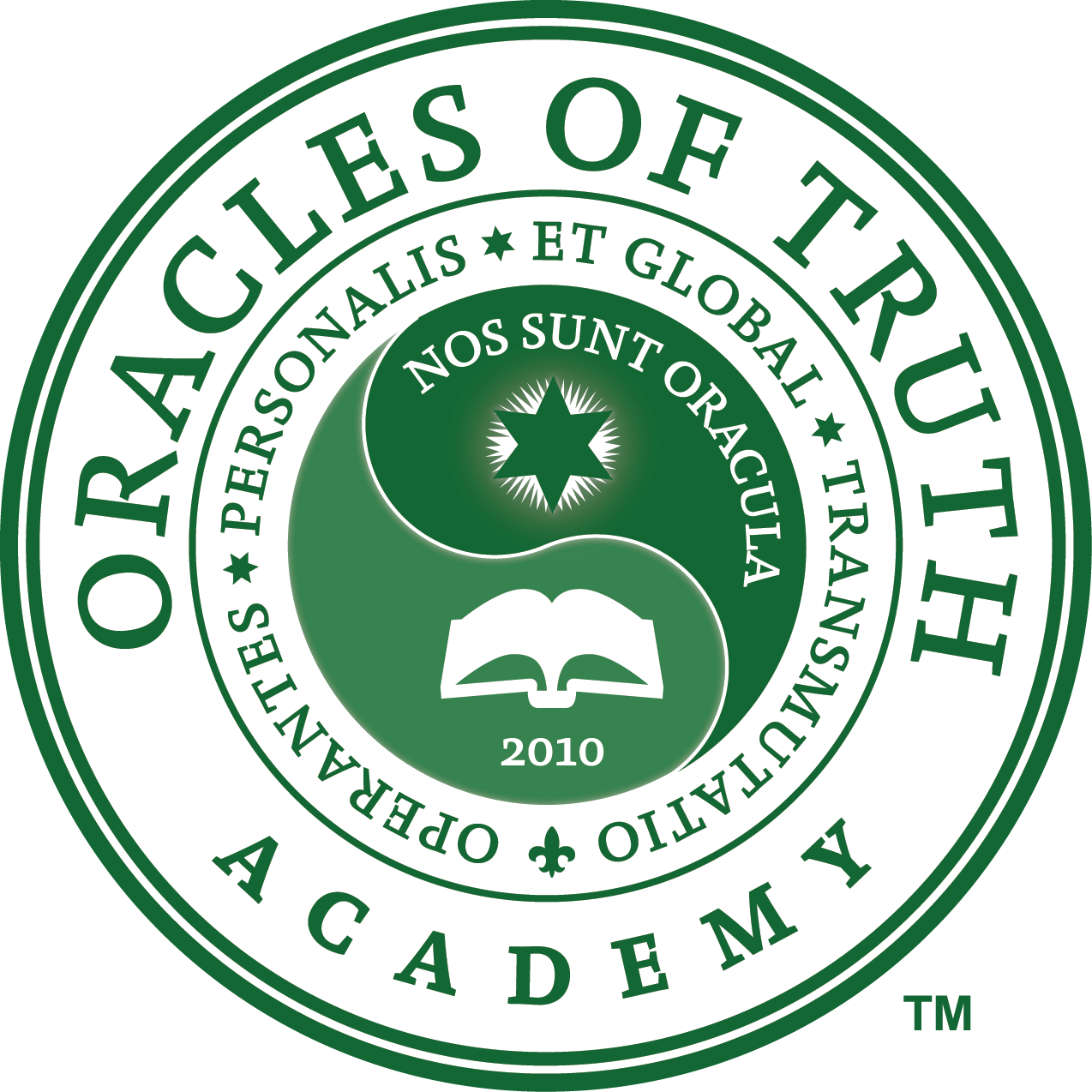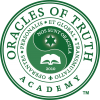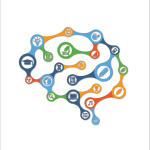Human Enhancement: State of the Sector
An emerging trend toward advanced human exemplars
Human Enhancement can be, according to Wikipedia, “described as the natural, artificial, or technological alteration of the human body in order to enhance physical or mental capabilities.” Load up any search engine (e.g., Google, Bing, Firefox, Safari, etc.) and type the search term Human Enhancement into the search field and you are bound to find a plethora of information and articles on the subject. The field of Human Enhancement Technology or HET has been around for a very long time. In fact, HET predates modern artificial intelligence, which is an alternative scientifically developed form of human enhancement. Artificial intelligence was founded in 1955 by John McCarthy and several of his colleagues. He coined the term artificial intelligence or AI as it is often referred to today. HET goes as far back as the mythical civilization of Atlantis, is big mama, and an antecedent to AI.
I recently read an article with the headline “Human Enhancement: Making People Better or Making Better People” published by the Irish Council for Bioethics. My first thought after reading the headline gave pause to a perspective that resonates in me and I have often asked myself. When will we focus our attention on exploring the inner terrains of our own human potential and learn to harness the innate power of supernatural intelligence that lies within to unlock – latent talents, which await us? This question led me to do more research and what I found was quite interesting.
Traditionally, there have been two polarized perspectives from which to view Human Enhancement. On one end of the spectrum there is the mad scientist or “extinctionist”, as Charles Rubin calls them, who focus on “Making Better People” and on the other end there is the human innovator focused on “Making People Better”. The mad scientist focuses on producing intelligent robots that are a hybrid of inorganic machine parts and organic human-like flesh, which is on the extreme left side of the spectrum. Rubin (2003) claims, “their goal, simply put, is a new age of post-biological life, a world of intelligence without bodies, immortal identity without the limitations of disease, death, and unfulfilled desire.” Sophia and Little Sophia are social humanoid robots developed by Hanson Robotics. They are modern examples of the type of inventions created by mad scientists that are available on the market. Sophia was designed for adults and Little Sophia was designed for children ages eight and older.
The human innovator, however, focuses on creating advanced solutions that allow millions of people to “interact with artificially intelligent devices directly or indirectly on a day-to-day basis via virtual assistants, facial-recognition technology, mapping applications and a host of other software” (Divine, 2019) or develop products that enhance or improve physical or mental abilities via cosmetic surgery, mood altering substances, pharmaceuticals to improve physical strength and stamina, genetic modifications to ensure future children are healthier or more intelligent, and medical procedures to dramatically prolong our lifespan. The human innovator falls over on the right side of the spectrum. An example of an invention developed by a human innovator is face recognition and it is here to stay thanks to Cognitec “The Face Recognition Company.” According to CB Insights (2019), face recognition has grown in use across 30 different markets including automotive, insurance, banking and finance, and many others. There is a striking difference between the mad scientist and the human innovator. One focuses on developing artificial human beings to enhance the human experience and the other focuses on developing better innovative software, tools, devices, and other types of products and services to enhance the human experience.
More recently, a newer perspective has emerged, and it is gaining momentum—the human exemplar. Coined by Dr. Tammé Shinshuri this supernatural intelligent being is a living example of human enhancement. Their contribution to the field focuses on progressive human evolution by developing and harnessing latent human potential. There is a vast sea of untapped human capabilities lying inside our hearts that remain dormant because we spend more time looking and exploring the external physical world with our minds. Most of us tend to negate the transformative technology of our inner world because our attention is focused on the outer world. Few people on the planet have truly learned to harness the innate power stored within that is available to each of us and can be used to navigate this radical experience we call life. This newer viewpoint focuses on bridging the gap between the mad scientist and the human innovator. This supernatural being stands in the middle between these two opposing perspectives—yin and yang.
Traditional Brands
Biotechnology describes the merger of two words biology and technology. There is big money in the biotech industry typically in pharmaceuticals, medical devices, and diagnostics. Many advances are also being made to develop more-resilient crops, biofuels, biomaterials, and pollution controls. There are several monolithic brands extant on the market. These brands are well known around the world for their products, services, and innovative contribution to the field of human enhancement. You may know a few of them, which include:
- Johnson & Johnson was founded in 1886, headquartered in New Brunswick, New Jersey, and reported $76.5 billion in sales in 2017 with a market capitalization of $373 billion.
- Roche was founded in Switzerland in1896 and is renowned as the largest biotech company in the world with $53.4 billion in sales and capitalization of $208 billion in 2017.
- Pfizer, Inc. was founded in 1849 and is headquartered in New York City. They had revenue of $52.5 billion and a market capitalization of 256 billion in 2018.
- Merck was founded in 1891 is headquartered in New Jersey. They had sales revenue of $40.1 billion and a market capitalization of $190 billion in 2017.
To learn more about these companies and many others like them, visit the Investopedia website and peruse the Top 10 Biotechnology Companies (JNJ, ROG.VX).
Modern Brands
AI is a booming industry and the trend on the market today is a deep focus on how AI “enables machines to learn from experience, adjust to new information and implement human-like tasks. Although the media focuses on self-driving cars, chess-playing computers and flashy uses of AI, the technologies which digest massive amounts of data can streamline and improve multiple aspects of our lives.” (Friedberg, 2019). There are several modern brands in the market. You might be surprised who some of these more modern companies are and how they contribute to the field. A few of these companies include:
- Amazon is the second company to ever reach a $1 trillion valuation, and AI is central to how it conducts business. AI powers key capabilities via machine learning services to forecast product demand, optimize logistics and warehousing, and improve voice-powered Amazon Alexa virtual assistant and Amazon Web Services.
- Facebook is committed to machine intelligence and uses it to automate everything and consists of self-teaching algorithms to improve Facebook’s News Feed algorithm, and to screen for hate speech and fake news.
- Google uses AI to power and automate important parts of its business. AI is used to produce relevant search results, self-driving technology, digital ad pricing, personal assistant software, image- and speech-recognition software. Its present market capitalization has reached $1 trillion.
- Salesforce is known for buying hot new startups to improve its software-as-a-service (SaaS) offerings. In 2019 Salesforce acquired Bonobo AI, a firm using automated analysis of customer phone calls, texts, and chats to deliver actionable insights. The purchase fits perfect with Einstein its AI-powered software that uses data to identify previously unseen business patterns, deliver the hottest sales leads, predict market copying and how businesses operate and convert.
To learn more about these companies and many others like them, visit the U.S. News and World Reports Money website and peruse Artificial Intelligence Stocks: The 10 Best AI Companies. You might be surprised by a few of the names listed.
Emerging Brands
The emerging trend toward human exemplars is a super conscious way to live our lives by showing and helping ourselves to be better at all things. We are on the verge of something great and more magnificent than any of us has ever seen or experienced in our world. There are some amazing companies on the cutting-edge forging a path forward through unchartered waters of our human potential. Who we are today, and who we are becoming hinges on our ability to embrace unknown certainty in this co-creative journey and experience we call life? A few companies have begun to lead the way as exemplary leaders in this space. These include:
- HeartMath Institute (HMI) conducts research on the heart and brain. It has researched and developed reliable, scientifically validated tools and technologies that help people improve their emotional balance, health and performance. HMI also has conducted intriguing research on how the heart’s magnetic field radiates outside the body and can affect other people. Learn more about HeartMath Institute at its website.
- Shinshuri Foundation has several innovative technologies built into its symbiotic educational technology platforms to deliver robust experiential ecology products, programs, and services to help more people and businesses learn how to tap into their unlimited potential. Learn more about Shinshuri Foundation and its innovative
- Neuralink has been instrumental in developing the world’s first brain-machine interfaces (BMIs), which holds promise for the restoration of sensory and motor function and the treatment of neurological disorders. Learn more about Neuralink and how it has plans to show a clearer picture of activity in the brain.
- Apple with its Apple Watch is on the verge of changing how healthcare professionals and researchers use digital data gathered through mobile wear devices to provide preventative care. Apple has partnered with University of California at San Francisco to further advance the technology of the Apple Watch in the healthcare industry. The Health eHeart Study seeks to understand how a person can share information about his or her heart condition with their primary care physician to prevent heart disease using mobile wear data. Recent articles include Wired and UCSF Heath eHeart Study found on their websites.
- FitBit, Inc. combines their own Smartphone App and the Cardiogram App to deliver data captured via FitBit’s heart rate sensors to mobile users who wear FitBit’s Charge, Versa, Inspire, and Iconic devices and users are able to get graphs, metrics, and trends of their real time life vitals. Data captured shows users how stress, diet, and exercise affect their heartbeat. Learn more by reading the MacWorld IDG
- Starkey is reimaging what a hearing aid can do. Starkey’s Livio® AI is the world’s first hearing aid to provide both superior sound quality and the ability to track body and brain health. The product features integrated sensors and artificial intelligence and has the ability to detect if the user has fallen and act as an assistant. Learn more by reading Reimaging What a Hearing Aid Can Do.
A new era is emerging. An era where humans learn to focus more on researching, discovering, and unlocking every aspect of their innate human potential. By doing this we will be able to effect positive change in our lives and in our world. You can limit your human potential by focusing primarily on artificial intelligence or you can unleash your greatness by learning how to explore and tap into the innate power of your supernatural intelligence. It is the latter untapped exploratory arena of the heart that when fully activated synchronizes the mind, which closes the gap between AI and human innovation and ultimately leads to better and greater human enhancement.
The human exemplar is a superhuman being who understands and knows that our evolution depends on our ability (each of us) to leverage every aspect of our human capability and intelligence by learning to balance the dynamics of the inner and outer realities of our existence. Our greatest challenge is overcoming ourselves. This seems to be the bane of all our social, economic, environmental, political, religious, and technological problems, when we are unable to balance opposing perspectives within us, which can hinder our ability to move through the ebb and flow of our human existence in harmony with all of life.
Republished on Transformative Technology Community
Dr. Shinshuri authorized republication of this article on the TransTech Community. Watch this space for follow up discussions about this amazing sector and learn how you can cultivate supernatural intelligence for yourself. See






